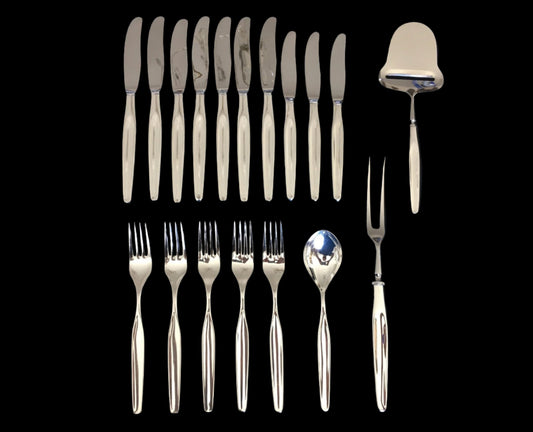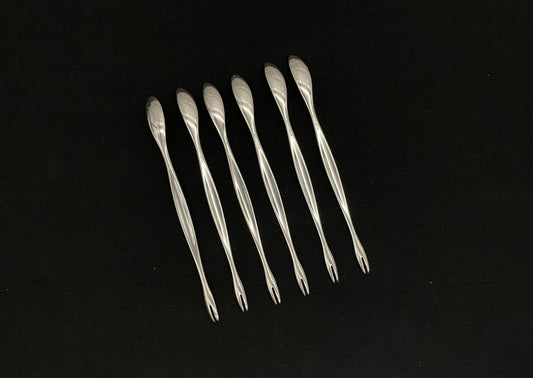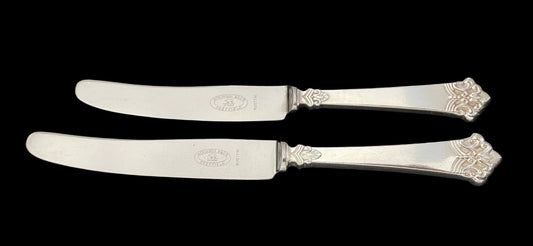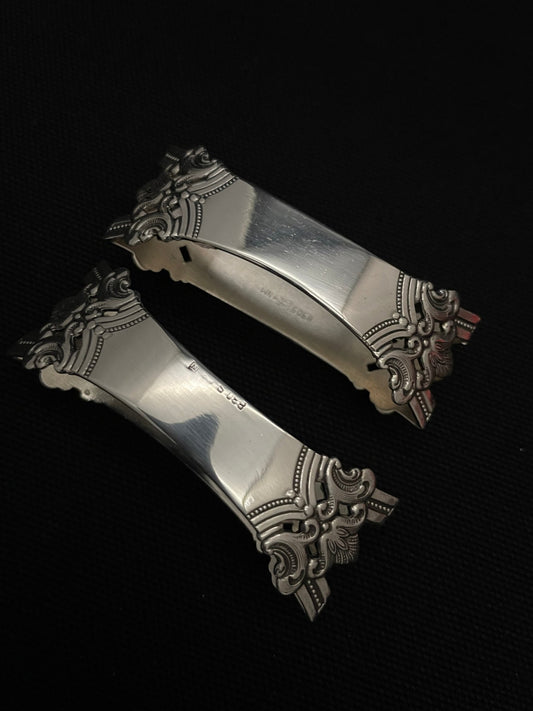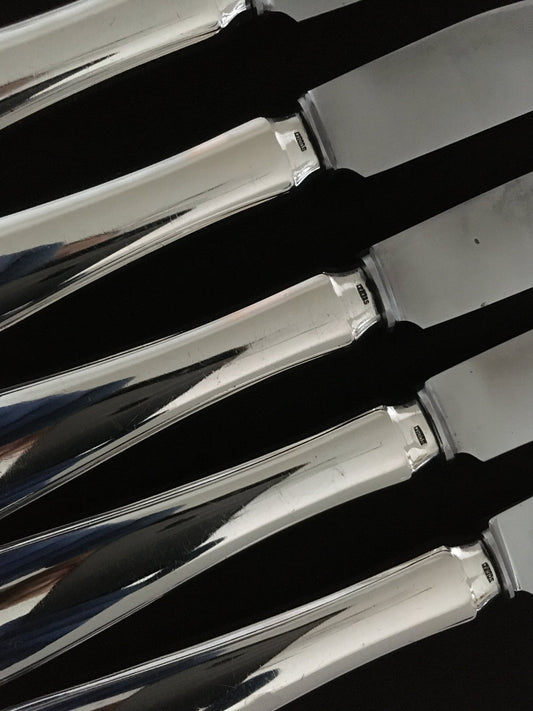
We sell nicely used silverware in 830s and 925s
We keep the most common patterns like:
Anitra, Silver, Banquet, Dragon, Edel, Elisabeth, Flat Rose, Jubileum, Lilje, Lillemor, Martha (Martha), Moon Silver, Odel, Oseberg, Prince Harald, Rose, Pariser, Riflet, Rosendal, City Hall with fan, Tele, Tradition, Valdres, Åre and Aase.
We also have some more rare patterns like shell, mussel, Bergens Riflet, Baroque, Diverse Bonde Rokokko, Miscellaneous Bridal Silver, Bridal Crown, Diplomat, Double Pressed Dragon, Double Rifled, Dovre, Queen Pattern, Squirrel, Remembrance, Miscellaneous Facon, First Lady, Hamret, Hamret Skjell, Hardanger, Ibis, Iris, Konval, Krone, Kristiania, Laila, Kings Pattern, Silver, Myrte, National Rokokko, Nina, Norrøna, Olavsrosen, Oslo, Polar, Princess, Queens Pattern, Ragnhild, Renaissance, Riks, Rokokko, Romansk, the City Hall smooth and the City Hall with table, Saga, Silvia, Slottss silver, Parish pattern, Spike engraved, Table, Victoria and Østerdal.
If there's another pattern you want parts to, we can help you get this.
Goods must be paid in advance by online banks and goods sent by mail. I'll let you know when the goods are coming.
Discounts are granted on the purchase of several products. Purchase for over $4000
Our products
-
Aase silver cutlery in 830s by Th Olsens Eftf
Regular price From Kr150.00 NOKRegular priceUnit price / per -
Aase silver enamel dessert spoons in 925s by Th Olsens Eftf
Regular price Kr600.00 NOKRegular priceUnit price / per -
Aase silver lobster forks / shellfish forks in the 830s by Th Olsen Olsen's
Regular price Kr550.00 NOKRegular priceUnit price / per -
Aase sølv serveringsdeler i 830s av Th Olsens Eftf
Regular price From Kr150.00 NOKRegular priceUnit price / per -
Anita silver in 830s
Regular price From Kr500.00 NOKRegular priceUnit price / per -
Anita Silver cutlery in 830s by Thune
Regular price From Kr700.00 NOKRegular priceUnit price / per -
Anitra fiskebestikk fiske gaffel og fiskekniv i 830s av Th Olsens Eftf
Regular price Kr1,250.00 NOKRegular priceUnit price / per -
Anitra silver cutlery in 830s older and newer models by Th Olsens Eftf
Regular price From Kr225.00 NOKRegular priceUnit price / per -
Anitra silverware napkin ring in 830s Th Olsens Eftf
Regular price Kr700.00 NOKRegular priceUnit price / per -

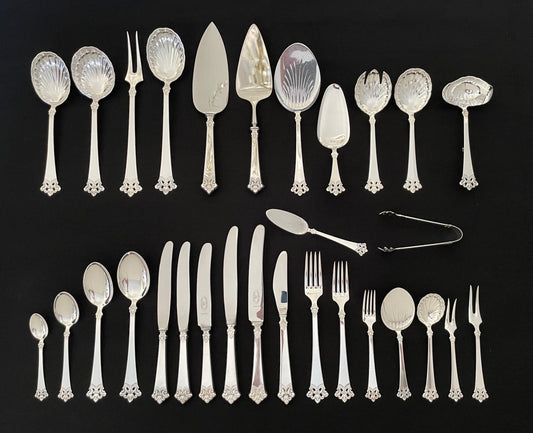 Sold out
Sold outANITRA trances set.
Regular price Kr1,000.00 NOKRegular priceUnit price / per -
Antique Silver cream ladle in 830s by David Andersen
Regular price Kr500.00 NOKRegular priceUnit price / per -
Antique Shell knives in 830s by Tostrup
Regular price From Kr650.00 NOKRegular priceUnit price / per
-
History
Silverware is a unique and valuable element in Norwegian history and heritage. Today it is equally common to purchase spent silver, which gives it an extra dimension of recycling and sustainability. Silverware has a long tradition in Norway and has been used for generations for special occasions and celebrations. It's part of our cultural heritage and a reminder of the traditions and values of our ancestors.
The use of silverware is a popular choice for decorating the table and serving food in an elegant way. But did you know that silverware can actually have an antibacterial effect?
Silver has long been known for its antibacterial properties, including silverware. When silver comes into contact with bacteria, it can inhibit their growth and reproduction. thereby reducing the risk of the spread of diseases



